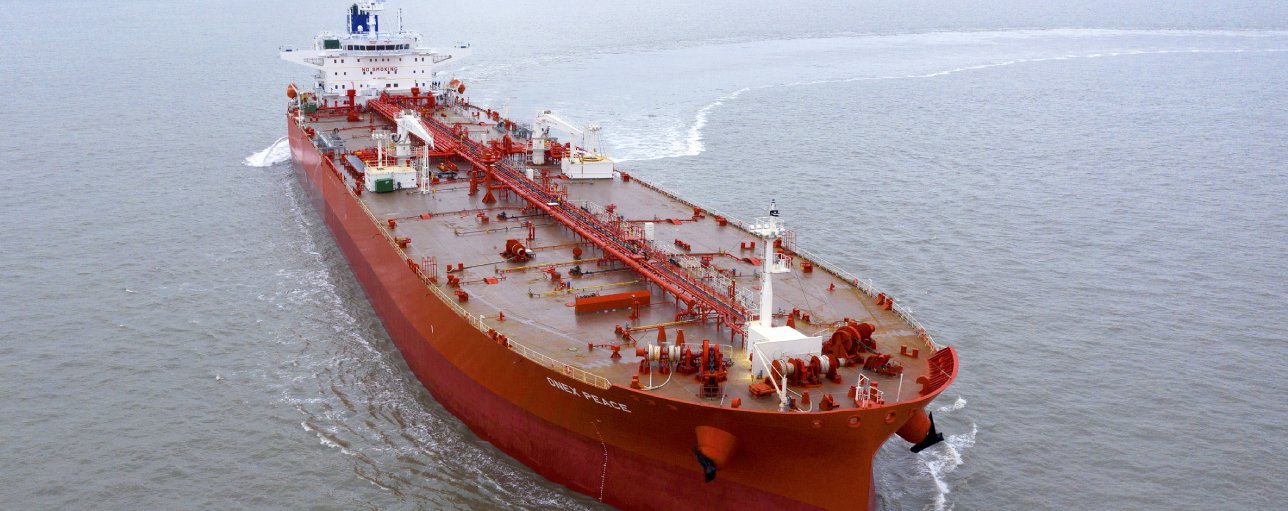Experts from DNV, Knutsen NYK Carbon Carriers and Vopak outline the complexities of CO2 vapour return, highlighting impurities, cost constraints and emissions regulation
A complex interplay of impurities, cost considerations and regulatory frameworks continues to shape CO2 vapour-return strategies, as discussed in a recent webinar featuring DNV, Knutsen NYK Carbon Carriers and Vopak.
The challenges surrounding CO2 vapour return in carbon capture and storage (CCS) terminals are multifaceted, with impurities in CO2 streams, cost-effective vapour handling solutions, and emissions management dominating industry discussions.
During the webinar Addressing vapour return challenges in CO2 collection terminals, held 4 March 2025, DNV principal engineer Gabriele Notaro, Knutsen NYK Carbon Carriers chief executive Oliver Hagen-Smith, and Vopak project manager Stijn Berbers explored the technical and economic implications of vapour-return systems, highlighting the constraints faced by terminal operators and transporters.
Mr Notaro emphasised the impact of impurities in CO2 streams, which influence both physical properties and the design of vapour-return infrastructure. “CO2 is captured from different sources, and the stream composition depends on the source-capturing technology and purification processes,” he explained.
Common impurities include nitrogen, sulphur compounds and water, all of which can affect phase behaviour and solubility.Unlike other liquefied gases, CO2 purity does not necessarily hold commercial value, especially for long-term storage, meaning operators must carefully balance purification costs against operational risks.
Cost and efficiency were central to Mr Hagen-Smith’s analysis of vapour-return options. He noted, “CCS is fundamentally a waste-management business,” stressing the need for scalable and economically viable solutions.
Knutsen NYK Carbon Carriers has conducted extensive research into liquefaction and vapour-return strategies, testing various approaches at its dedicated facility.
“Our findings indicate optimising the transport mode – whether low, medium or elevated pressure – can help reduce reliance on vapour return,” he stated.
The company has developed a proprietary liquid vacuum system that lowers the energy consumption associated with CO2 liquefaction, further improving cost efficiency.
Mr Berbers, who is involved in the CO2 Next project in Rotterdam, detailed how terminal design choices influence vapour-handling strategies.“A vapour-return system plays a critical role in balancing mass flows during cargo transfers,” he explained.
Vopak has opted for a single commingled vapour-return header equipped with gas analysers and mass flow meters, ensuring emissions are properly accounted for under the EU’s Emissions Trading System (ETS).
“Whether or not a boil-off gas system is necessary depends on both technical and commercial factors,” Mr Berbers added, highlighting the project includes a system to manage vapourised CO2 effectively.






